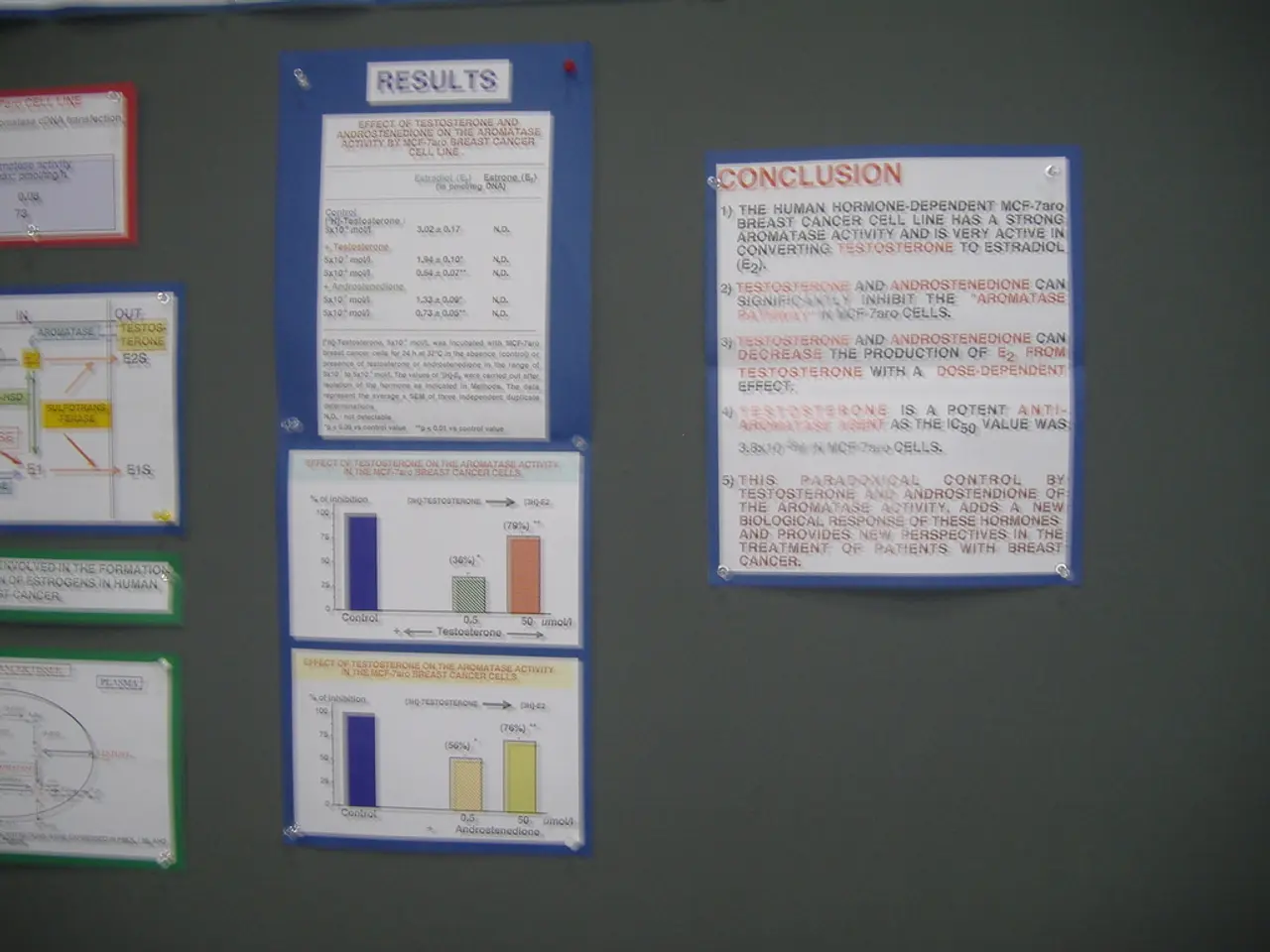Streamlining Project Management with the MoSCoW Prioritization Technique
In the world of project management, efficiency is key. That's why the MoSCoW prioritization method has become a popular tool for organizing tasks based on their priority and urgency. This technique, which stands for Must-haves, Should-haves, Could-haves, and Won't-haves, is especially effective in complex projects, situations with limited resources, or when diverse stakeholder views require alignment.
Our latest project, a two-week website content revamp, is no exception. The goal is to update the marketing website to reflect new products and messaging. To ensure we deliver a successful project, we've identified the essential requirements, or Must-haves: the homepage, product feature page, and blog posts.
New graphics and updated product screenshots are identified as Should-haves, adding a polished look to our revamped site. Meanwhile, updating support pages and FAQ support pages are identified as Could-haves, providing additional value but not crucial for the final product's functionality.
On the other hand, creating case studies and videos, as well as sending a newsletter out to subscribers, are identified as Won't-haves due to the current project deadline. However, recent customer testimonials are a Should-have for incorporation into the project.
The MoSCoW method offers several key advantages. Its simplicity and ease of learning make it an accessible tool for teams. By classifying tasks into clear categories, it provides a clear visualization of priorities, reducing confusion and aiding decision-making. The method also facilitates collaboration and alignment among team members and stakeholders, fostering consensus on priorities.
Moreover, it supports resource allocation and planning by highlighting essential features, enabling better sprint or project planning under constraints like time and budget. Particularly useful in agile or hybrid projects where priorities might frequently shift, the method supports flexibility while maintaining clarity.
However, the method does have limitations, such as some subjectivity in categorization and potential overemphasis on “Must-Haves.” Despite these, MoSCoW remains a popular and practical tool for prioritizing features and tasks in project management.
To master MoSCoW prioritization, teams can utilise a variety of tools such as Hubstaff, ADP, Asana, Monday.com, Slack, Microsoft Teams, Miro, and Lucidchart. These tools can help streamline workflows and make project management more efficient.
In conclusion, the MoSCoW prioritization method is a valuable asset in project management, offering a clear framework for project managers to communicate and align on task prioritization. By using this method, we're able to make informed decisions when faced with time, budget, or resource limitations, ensuring that our projects are delivered efficiently and effectively.
- To enhance project efficiency, we have adopted Hubstaff, a workforce management technology, to track the time spent on our diverse tasks, including time tracking for the website content revamp.
- Utilizing the MoSCoW prioritization method in our business, we have categorized our project's most essential aspects, such as the blog, under 'Must-haves'.
- To better implement agile project management principles, we are also considering incorporating new finance tools to balance resource allocation and optimize budget management.
- As we strive for continuous improvement in our project management strategies and outcomes, we plan to routinely re-evaluate and adjust our approach, leveraging technology and tools like Hubstaff to stay competitive in the ever-evolving business landscape.




